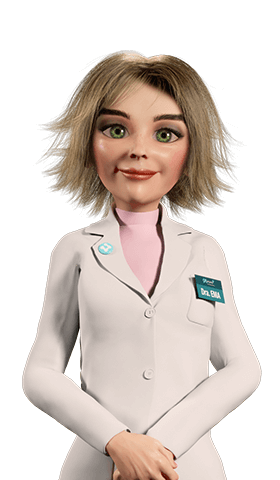Dermatology
Chilblains - A shiver on the skin
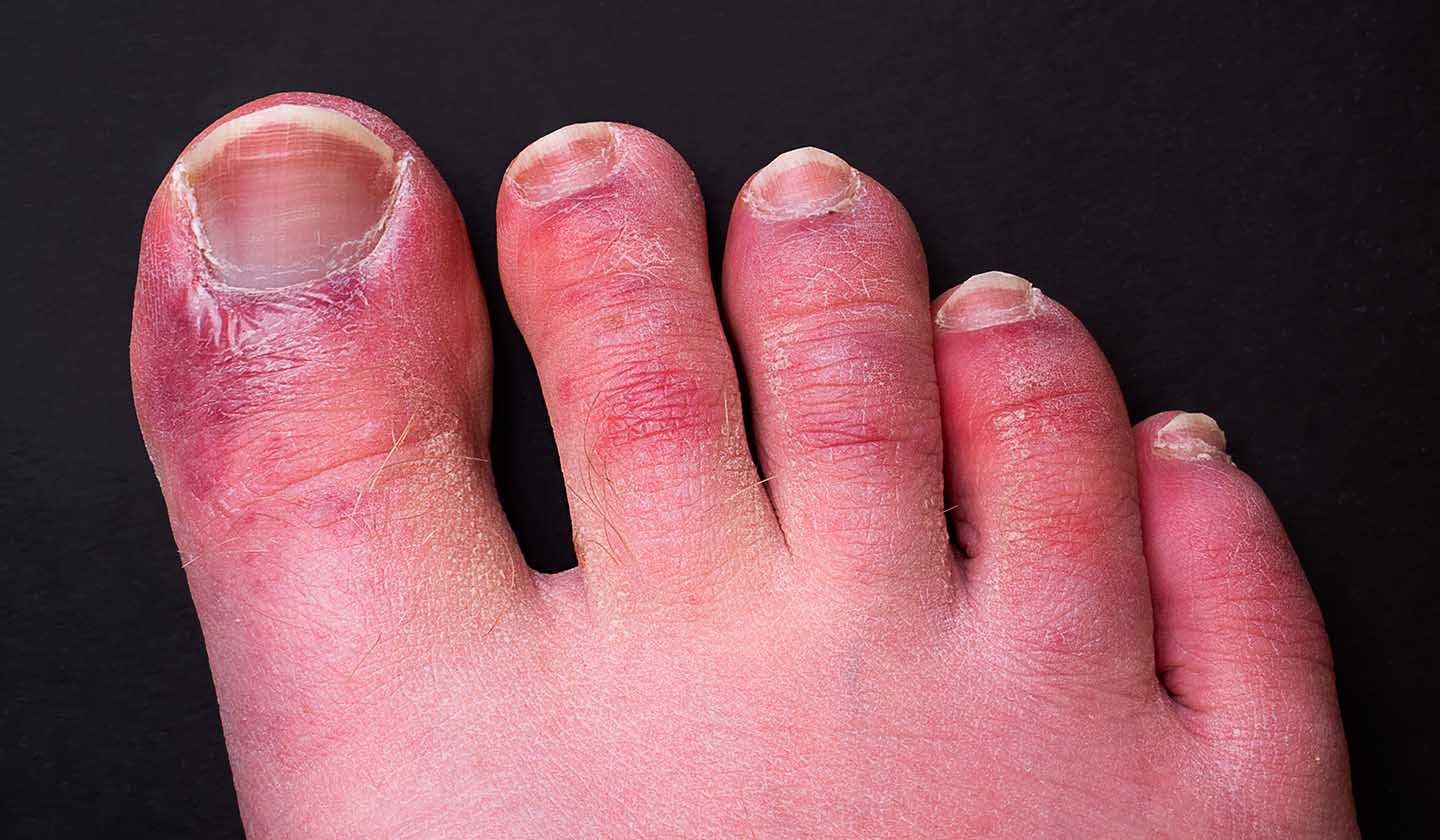
Chilblains are a skin reaction to cold and temperature variations. They are uncomfortable, but they can be relieved with some care.
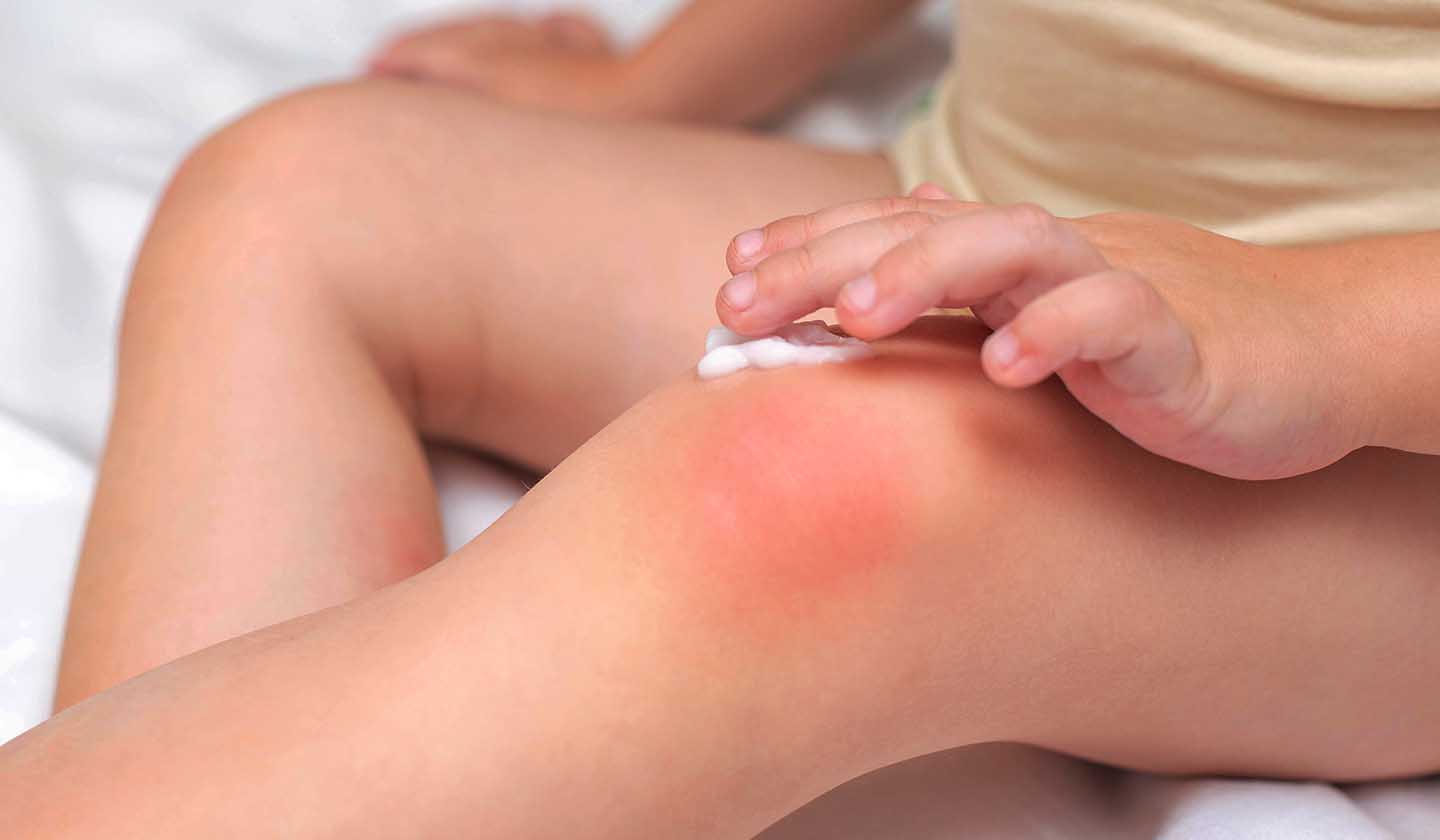
Sudden Changes
In more susceptible people, exposure to cold causes the blood vessels in the exposed skin to constrict too much, making it difficult for blood to circulate in the body extremities.
When followed by exposure to a higher temperature, usually in closed spaces, there is a sudden increase in the blood flow that reaches the extremities, without the necessary dilation of the blood vessels. As a result, there is an inflammatory reaction - chilblains.
Chilblains are common in winter and the highlands.
Skin deep
This inflammatory reaction is responsible for the signs and symptoms of chilblains:
- Itching or burning sensation;
- Pain and swelling, blisters;
- Colour change, which can range from red to dark blue, and, when pressed, the skin shows white spots;
- Fissures or wounds (in the severest cases).
The extremities - hands, feet, nose, and ears - are the most affected areas of the body: they are the most exposed to the cold and which we usually try to warm up to restore temperature and comfort.
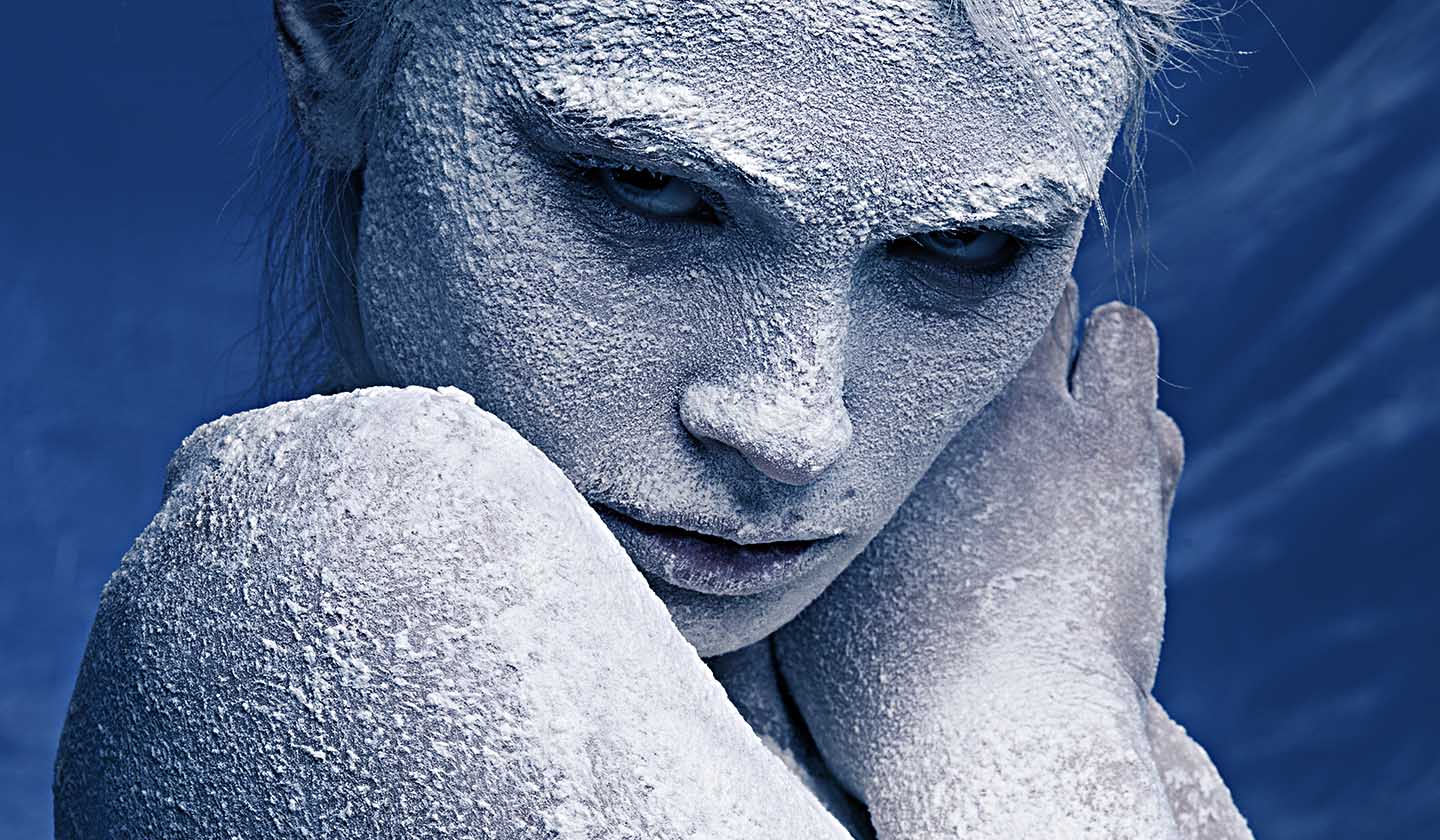
Risk factors
Some circumstances contribute to the onset of chilblains, such as:
- Living in a place with a cold, dry and windy climate
- Washing hands often with cold water, for example, when doing household chores
- A profession that requires keeping your hands in water for a long time or handling ice or frozen products
- Undergoing marked temperature differences within a short time
- Smoking and / or drinking alcohol (peripheral vasoconstriction)
- Diseases that hinder the perception of skin temperature or that interfere with the response to cold, such as diabetes
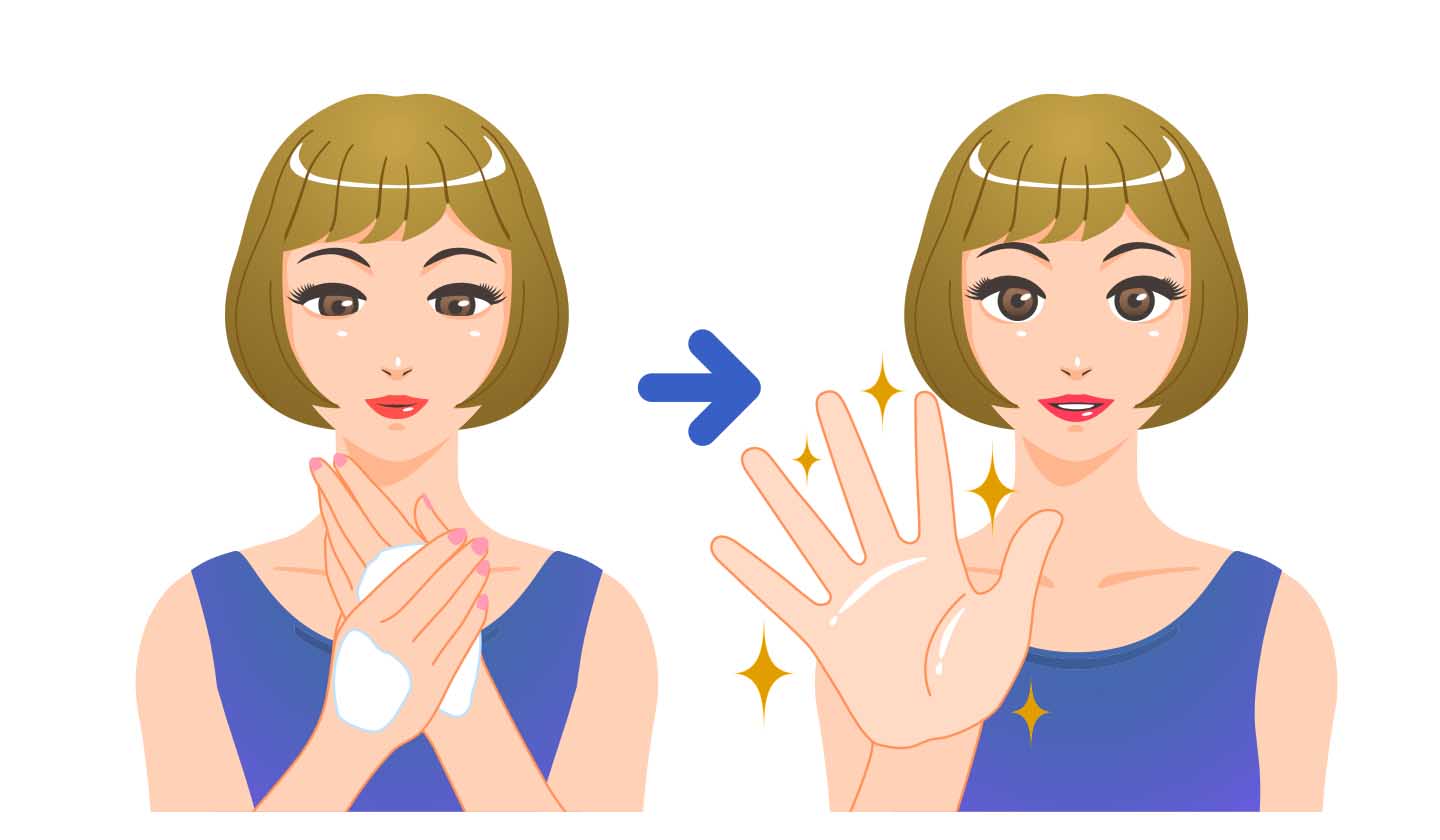
A “Transitory” Inconvenience
Chilblains are more common in the elderly and in women, when there are changes in blood circulation and a family history. People who work outdoors are also more vulnerable.
Chilblains are annoying, but they are generally not serious. It is, however, essential to take the necessary precautions to relieve the associated discomfort and to help the skin recover:
- Keep the affected areas dry and warm, avoiding scratching or rubbing;
- Avoid exposure to cold and other aggressions such as detergents, for example.
- Apply a moisturising cream to relieve itching. Check with your pharmacist.
If after two to three weeks the chilblains persist, talk to your doctor. It may be necessary to take oral medication or apply specific medications on the skin.
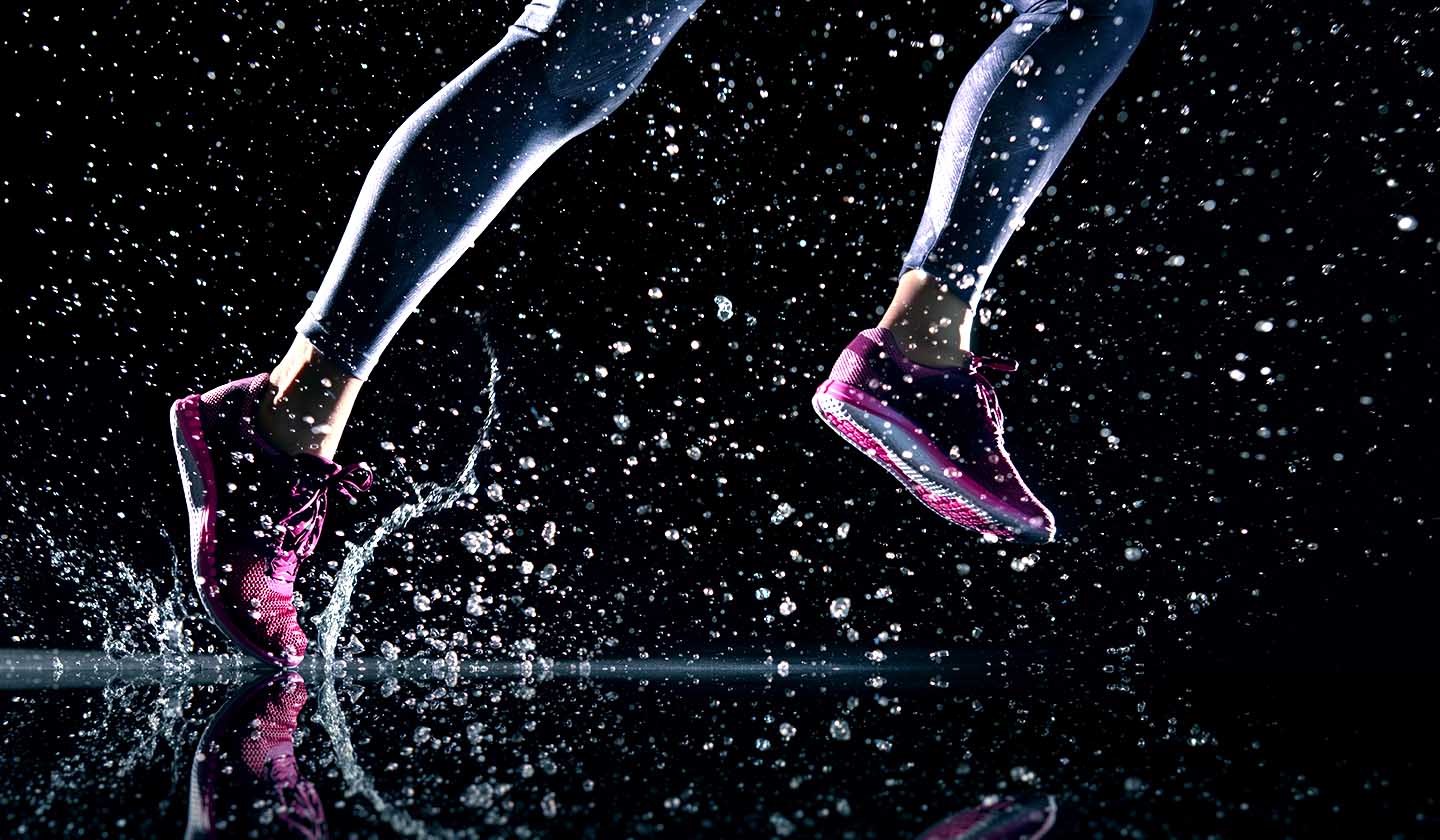
Protection ... is the Secret
In cold weather, you should take some simple measures to prevent the appearance of chilblains or to prevent them from worsening:
- Protect the most exposed areas of the body, wear gloves, wool socks, warm and comfortable shoes, hats, and a scarf to protect the face;
- Avoid sudden changes in temperature, when entering a heated space, remove the cold weather clothing and let the skin get used to the environment;
- Do not expose yourself to sources of intense heat, such as heaters, fireplaces, and hot water, as they aggravate symptoms;
- Hydrate the skin well;
- Drink water, eat a healthy diet and avoid sugars, which increase inflammation;
- Do some physical activity.
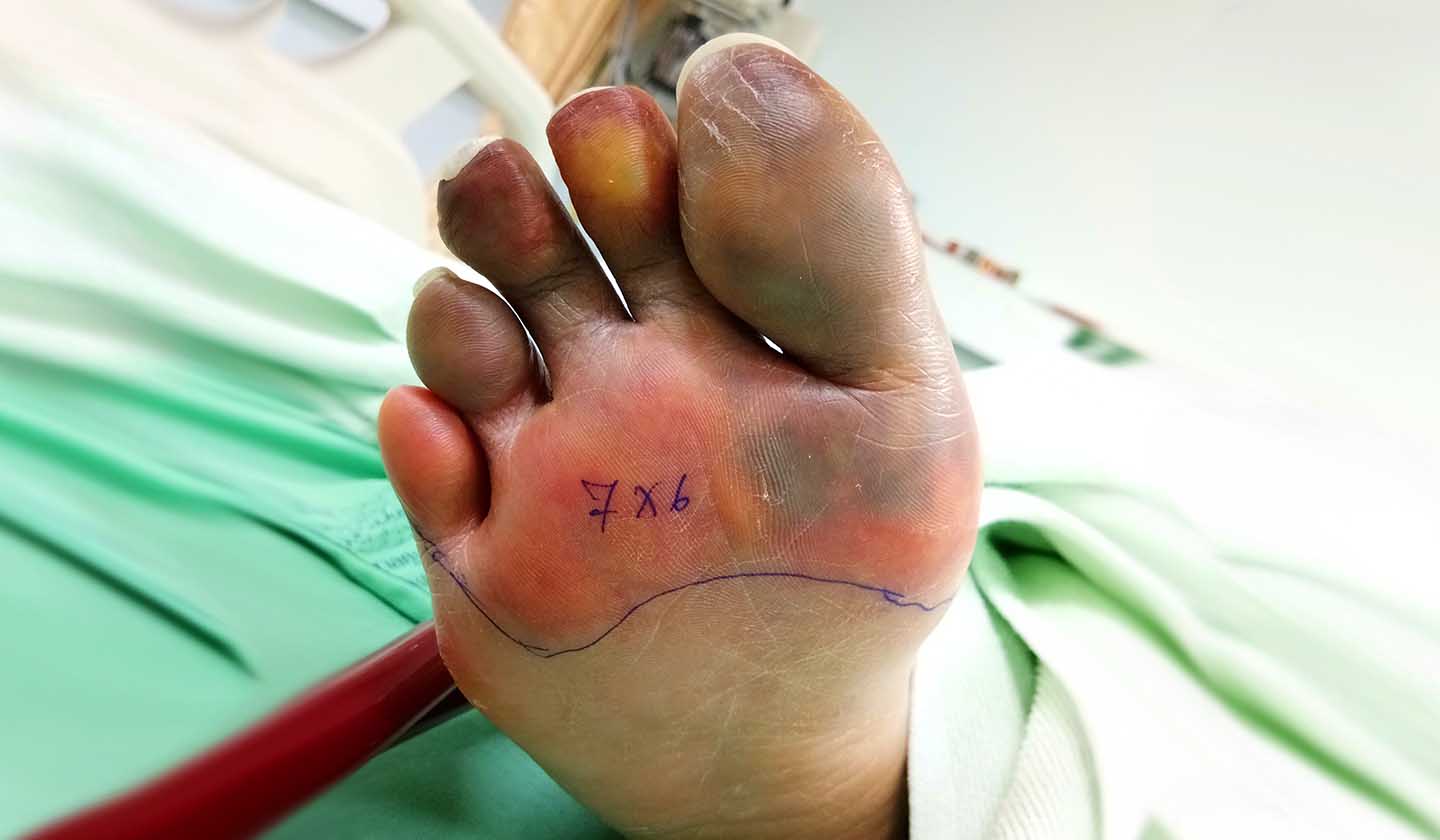
Complications
In more complicated cases, if they are not prevented or properly and timely treated, chilblains can cause damage to the deeper layers of the skin, tissue and muscle lesions, bone problems and even infections. The damage may even be permanent and irreversible due to ischaemic processes, and tissue death due to lack of circulation may occur.
Sources
iSaúde
Farmácia Distribuição Magazine
Também lhe poderá interessar
Dermatology
Identify the degree of burn and treat immediately
Dermatology

